Over the past century and a half since the invention of the first helicopter, aviation has undergone tremendous growth. Helicopters have continuously evolved and seen new features added throughout this age. The early versions had trouble transporting more than a few people, but the current descendants can lift and transfer tens of tonnes.
Mi V-12
The Mil Design Bureau’s V-12 heavy helicopter from 1967 is the best in the category. The helicopter, a groundbreaking technology, broke roughly eight aviation records. They are doubtful to be surpassed soon. The V-12 weighed 105 tonnes, cruised at 260 km/h, and could carry 44.2 tonnes of cargo to an altitude of almost 2 kilometres.
The Soviet Union’s Ministry of Defence ordered the development of this helicopter so that missiles could be transported more easily. The aircraft featured a swept wing shape with two D-25 VF gas turbine engines and a classic aeroplane body spanning 37 metres in length. Each motor could produce 6500 horsepower. The rotor was 35 metres in diameter.
Debuting in June of 1967, the helicopter made an impression at the Le Bourget Air Show. The original designation for the aircraft was Mi-12; nevertheless, it was of little use to the Russian military, and it had found no application in the civilian sector at the time.
Thus, despite its many useful features, the Mi-12 was never mass-produced. The project had to be scrapped since it was too costly to continue. Only two helicopters were built, and they both ended up in museums.
Mi-26
Mil Design Bureau initiated work to enhance the ubiquitous Mi-6 model. The Mi-26, a newly developed helicopter, took its maiden flight in December 1977. Like its predecessor, this aircraft immediately set world records, garnering 14 titles. Interestingly, the model still retains the record for lifting a 25-ton load to a height of over 4.5 kilometres and taking off with a maximum takeoff weight of 56,768 kilograms at an altitude of 2 kilometres. It is the second-largest and heaviest helicopter ever built after the experimental Mil V-12.
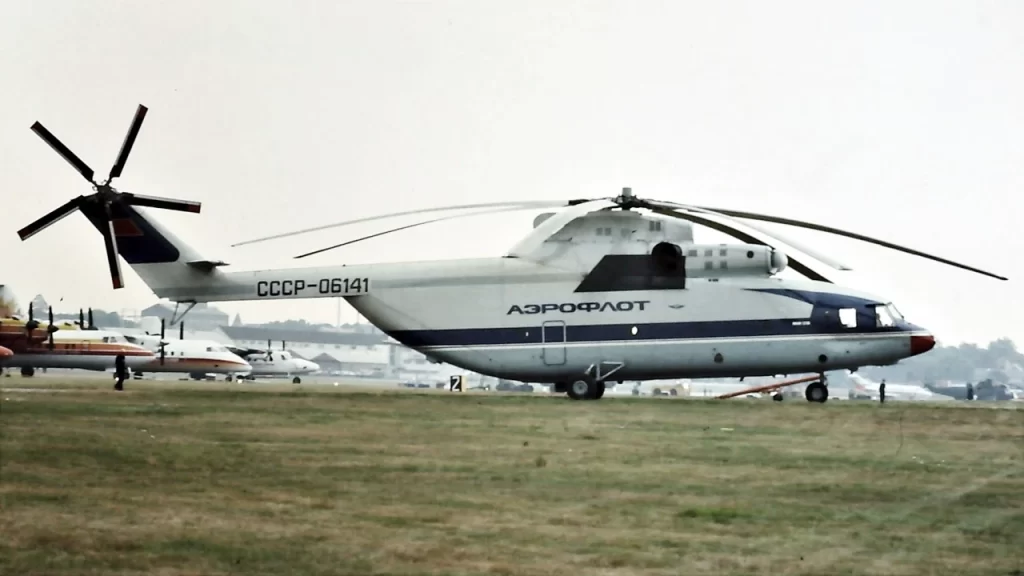
In 1980, serial production of the Mi-26 commenced at the Rostov-on-Don plant. It was outfitted with two gas turbine engines that produced a combined 22,800 horsepower. The external cargo suspension was designed to carry up to 15 tonnes of cargo at 295 kilometres per hour. This configuration allows the helicopter to navigate over 600 kilometres.
These impressive specifications attracted immediate interest from consumers in the USSR and abroad. The Mi-26 continues to serve as a military transport aircraft today. Several Mi-26 helicopters are in use in certain post-Soviet nations. There have been over 320 helicopters produced, and production has not ceased. Some older helicopters in Russia have been upgraded to match the current Mi-26T iteration.
Sikorsky CH-53E Super Stallion
The United States aviation industry did not place as much emphasis on the production of super-heavy lift aircraft as the Soviet Union. Only the heavy Sikorsky CH-53E Super Stallion, weighing over 33 tonnes and capable of carrying 16.5 tonnes of payload on its external suspension, met this criterion.
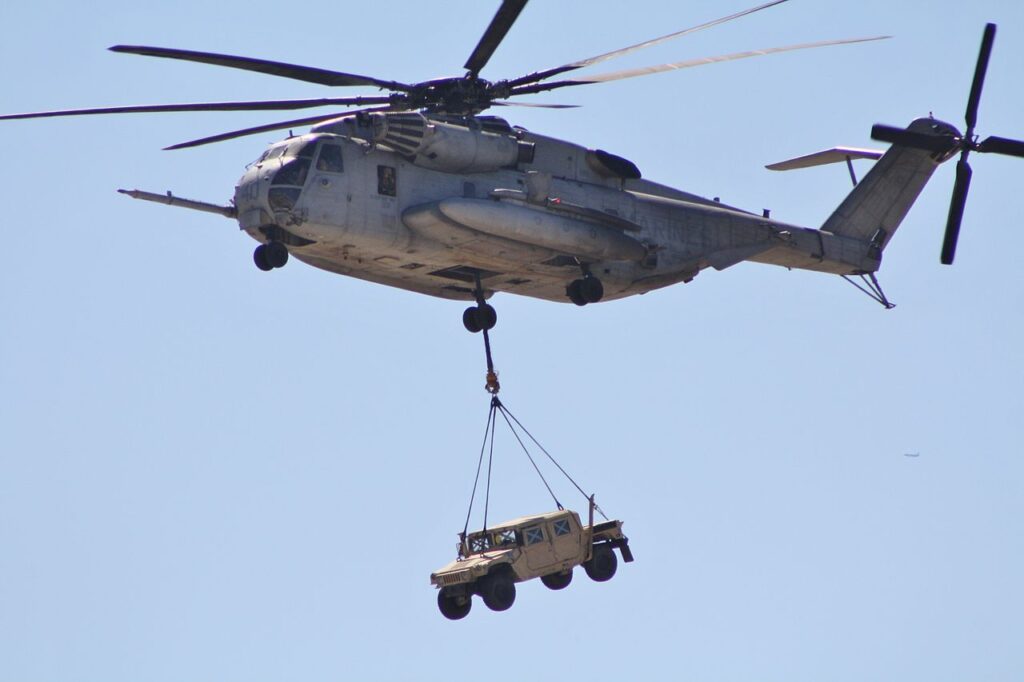
1971 marked the beginning of helicopter development for the United States Marine Corps. The military required a robust aircraft with superior transport capability and a larger fuselage volume.
In addition, it had to surpass the existing Sea Stallion series in service. The Sikorsky CH-53E Super Stallion incorporated approximately fifty per cent of the Sea Stallion’s components but was equipped with a third engine, redesigned rotor blades, and a probe for in-flight refuelling. In addition, the helicopter featured numerous composite and lightweight alloy components.
The helicopter’s first flight occurred in 1974, but the prototype crashed, postponing subsequent flights by a year. The model went into production in 1980, but it was not put into service for some time. The Sikorsky CH-53E Super Stallion continues to be the heaviest helicopter the United States has ever produced.
Mi-6
The Mi-6, designed by the Mil Design Bureau and introduced in 1954, proudly occupies the number four slot as the world’s first heavyweight helicopter to set a world record for weight. The helicopter first took to the air in June of 1957, and by August of that year, it had lifted a 12-ton load to an altitude of 2,432 feet, setting a new world record for payload capacity.
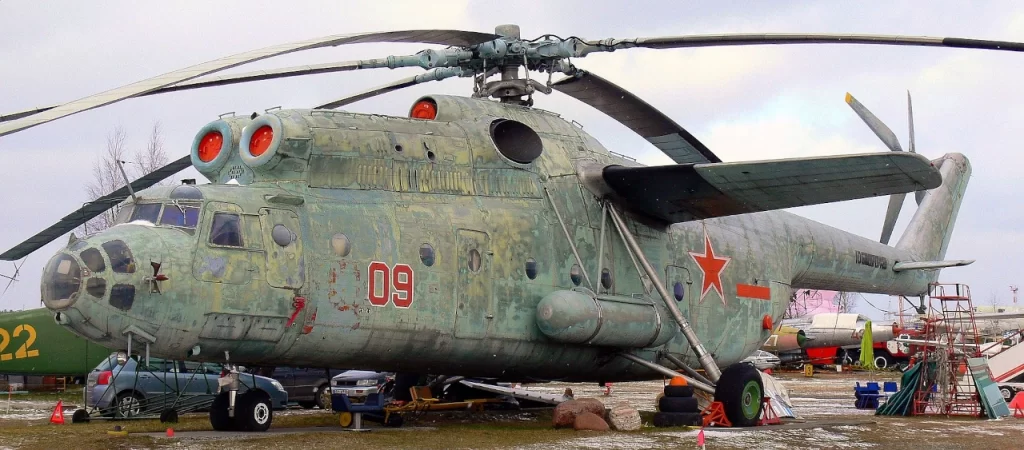
The achievements of the Soviet helicopter at that time were phenomenal in the eyes of audiences worldwide. Foreign specialists could not comprehend that Soviet designers had created an aircraft with a greater payload capacity than the American S-56. Sikorsky endeavoured to provide an alternative and even developed multiple concepts, but the Soviet Mi-6 was superior.
In addition to its remarkable size, the Mi-6 was equipped with several technical features. The helicopter, for instance, featured a distinctive single-rotor design, a fuselage with streamlined surfaces similar to those of aeroplanes, and an enlarged stowage compartment with a rear hatch.
The Mi-6 is a conventional helicopter with two detachable, short-span shoulder wings that reduce the burden on the rotor by about 20 per cent during cruise flight; for heavy-lift operations, the stub wings are removed to increase payload capacity. During tests in 1961, the model exceeded 300 km/h, an indisputable record.
Overall, the Mi-6 was crowned champion in 16 different categories. Different versions and modifications of the model served in several operations. In 1965, for instance, the Soviet Mi-6PS participated in the search for spacecraft that had landed in an unidentified location. The Mi-6PZ series was used for forest fire suppression. From 1959 to 1980, approximately 900 Mi-6 helicopters were manufactured.
Boeing CH-47 Chinook
The Boeing CH-47 Chinook, the iconic American helicopter that has become the most popular transport model in the United States and its allies, is next on the list. 1956 marked the beginning of Chinook development, which utilised an unconventional tandem-rotor configuration. Similar configurations were utilised by Yakovlev Design Bureau, Piasecki, and Bristol, but they were not widely adopted.
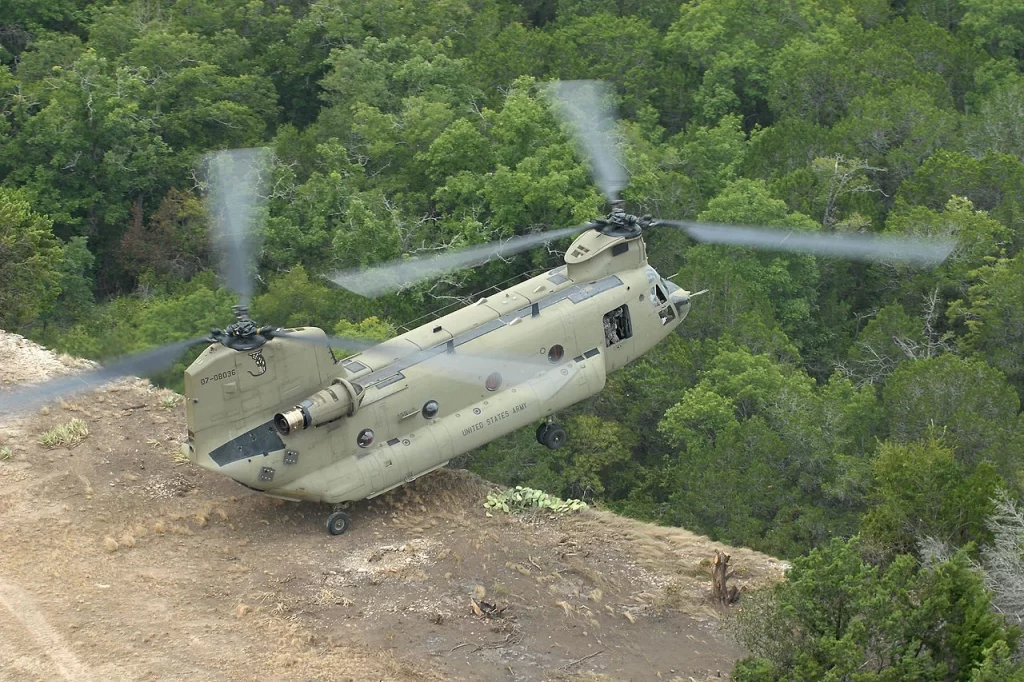
The cargo compartment of the Boeing CH-47 Chinook is its primary advantage. With a weight of 24.5 tonnes, the helicopter can transport a maximum payload of 12.2 tonnes at speeds of 285 kilometres per hour and a maximum flight altitude of 3.1 kilometres.
In 1962, the Chinook entered service and was promptly deployed to Vietnam, where it proved an extremely valuable asset for conducting combat operations. During the conflict, however, many Chinooks were lost or destroyed.
Nonetheless, the military had favourable opinions of this model, and it is still in use in several countries around the globe, including Japan and Italy, where the helicopters are produced under licence.
AgustaWestland AW101
European helicopter manufacturers have not produced anything comparable to the Mi-24. The AgustaWestland AW101, a collaboration between Italian and British engineers, is the heaviest European-made transport helicopter.
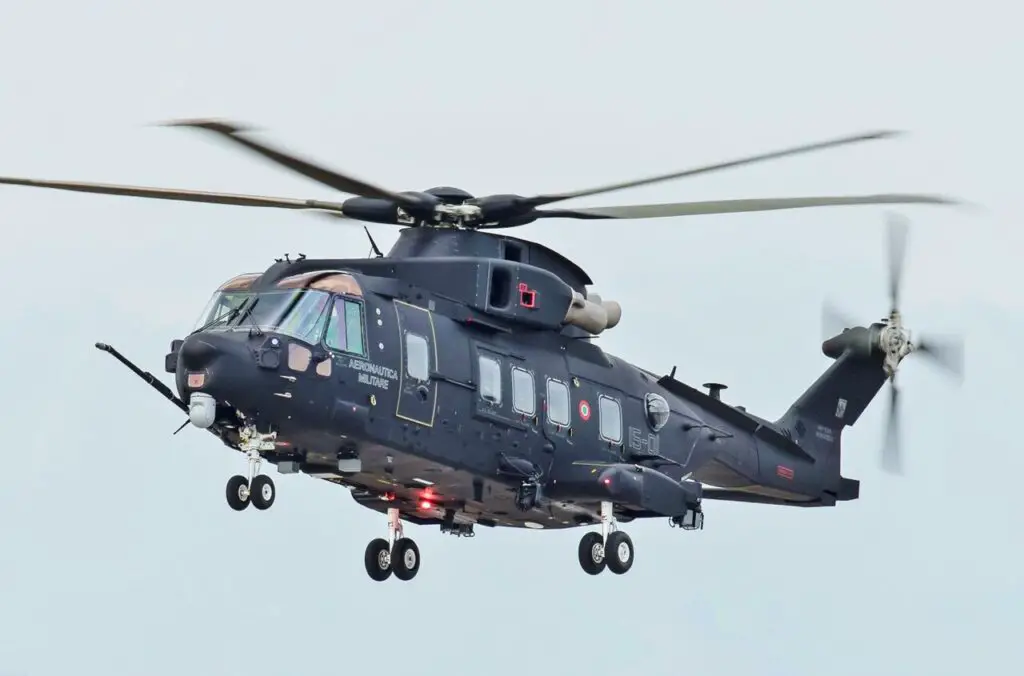
1981 marked the beginning of AW101 development, and the first flight tests were conducted in 1987. Due to financial issues and the failure of the initial prototype, serial production was perpetually delayed. Customers from the United Kingdom and Italy had difficulty determining the required number of helicopters. In the twenty-first century, serial production only began due to rising demand from foreign purchasers.
The AgustaWestland AW101 is equipped with three power units that produce 6,300 horsepower. The helicopter can carry up to 5 tonnes in its cargo compartment or 5.4 tonnes externally and weighs 15.6 tonnes.
It has a top speed of 309 kilometres per hour and a maximum altitude of 4,570 metres. The helicopter’s range is up to 1,130 kilometres. The AgustaWestland AW101 is revolutionary in many ways, even for the United States, where it was manufactured at the Lockheed Martin facility under the VH-71 Kestrel designation.
Notably, due to its dependability and efficiency, the President of the United States uses the helicopter and functions as the White House’s primary aircraft. The helicopter is also manufactured in Japan under licence and sold in five other nations.
Mi-10 “Flying Crane”
After the maiden voyage of the Mi-6, the Mil Design Bureau began work on the Mi-10, also known as the “Flying Crane.” In 1960, the helicopter first took to the air. It was based on the Mi-6, but structural enhancements were made.
For instance, the Mi-10 lacked a sizable cargo compartment and fuselage, resulting in a lighter aircraft. It also did not require a substantial fuel reserve. The Mi-10 was equipped with a four-legged landing gear to “sit” on cargoes up to 3.5 metres tall or convey them on a platform under the fuselage. Multiple helicopter variants, including models for field laboratories, radar surveillance, and specialised construction tasks, were manufactured.
